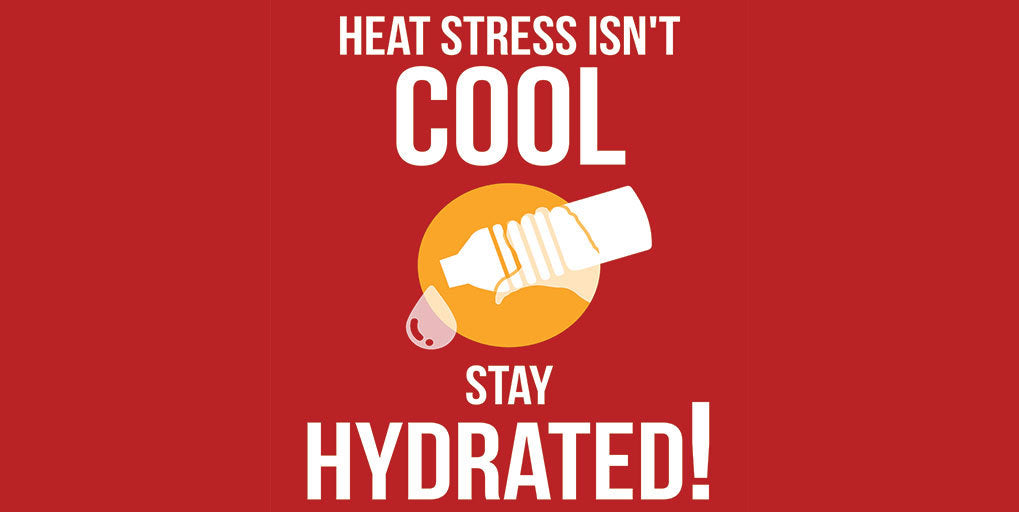
Tips for Protecting Workers from Heat Stress

No matter where you live, the summer months are brutal. Heat, humidity, and longer periods of daylight mean hot work days and a greater risk for heat-related injuries. No wonder they call the summer months the dog days of summer. But work has to be done and workers in the construction, oil and gas, asbestos removal, painting, and landscaping fields have no way of avoiding exposure to high temperatures.
Heat illness can be deadly… but it’s preventable. In 2014, OSHA reports that nearly 3,000 workers suffered heat-related illnesses while on the job. Don’t let that happen to you or your employees! Avoid becoming a statistic by following some simple steps.
Employers: If an employee is exposed to high temperatures and becomes injured, you could be cited. Per OSHA, you’re responsible for providing workplaces free of known safety hazards. This includes protecting all workers from extreme heat.
Protect workers from overexertion by communicating the heat index to them or posting heat index posters throughout your work space.
For everyone working outside, both air temperature and humidity contribute to how hot it really feels, also known as the heat index. The heat index is a single value that takes both temperature and humidity into account. The higher the heat index, the hotter the weather feels, since sweat does not easily evaporate and cool the skin.
Protect your employees from heat-related injuries with these OSHA tips:
- Provide workers with water, rest, and shade.
- Allow new or returning workers to gradually increase workloads and take more frequent breaks as they acclimatize, or build a tolerance for working in the heat.
- Plan for emergencies and train workers on prevention.
- Monitor workers for signs or illness.
Understanding the signs of heat exhaustion and heat stroke and the importance of proper hydration are paramount and could be life-saving.
What are the signs of heat exhaustion:
- Dizziness
- Headache
- Sweaty skin
- Weakness
- Cramps
- Nausea, vomiting
- Fast heart beat
What are the signs of heat stroke:
- Red, hot, dry skin
- High temperature
- Confusion
- Convulsions or Fainting
Always remember these prevention tips to avoid becoming ill from heat-related injuries:
- Drink water every 15 minutes, even if you’re not thirsty.
- Rest in the shade to cool down.
- Wear a hat and light-colored clothing
- Take breaks until you’re used to the heat.
Encourage workers to stay hydrated, rest frequently, and find shade as often as possible to prevent heat stress this summer.

